Angora is rightfully universal. This is a type of wool from which various products are made: sweaters, coats, blankets, etc. It is easy to care for and durable. The cost is quite expensive, but the costs are worth the warmth that angora items provide.
How Angora Came to Be
Angora wool has always been considered the queen of fabrics because it provides warmth, beauty, and comfort. Many are interested in the question: whose wool is angora? Usually they mean Turkish sheep wool, but wool is also produced by other animals. One of them is the Angora goat, which is “dressed in a luxurious woolen coat” all year round.
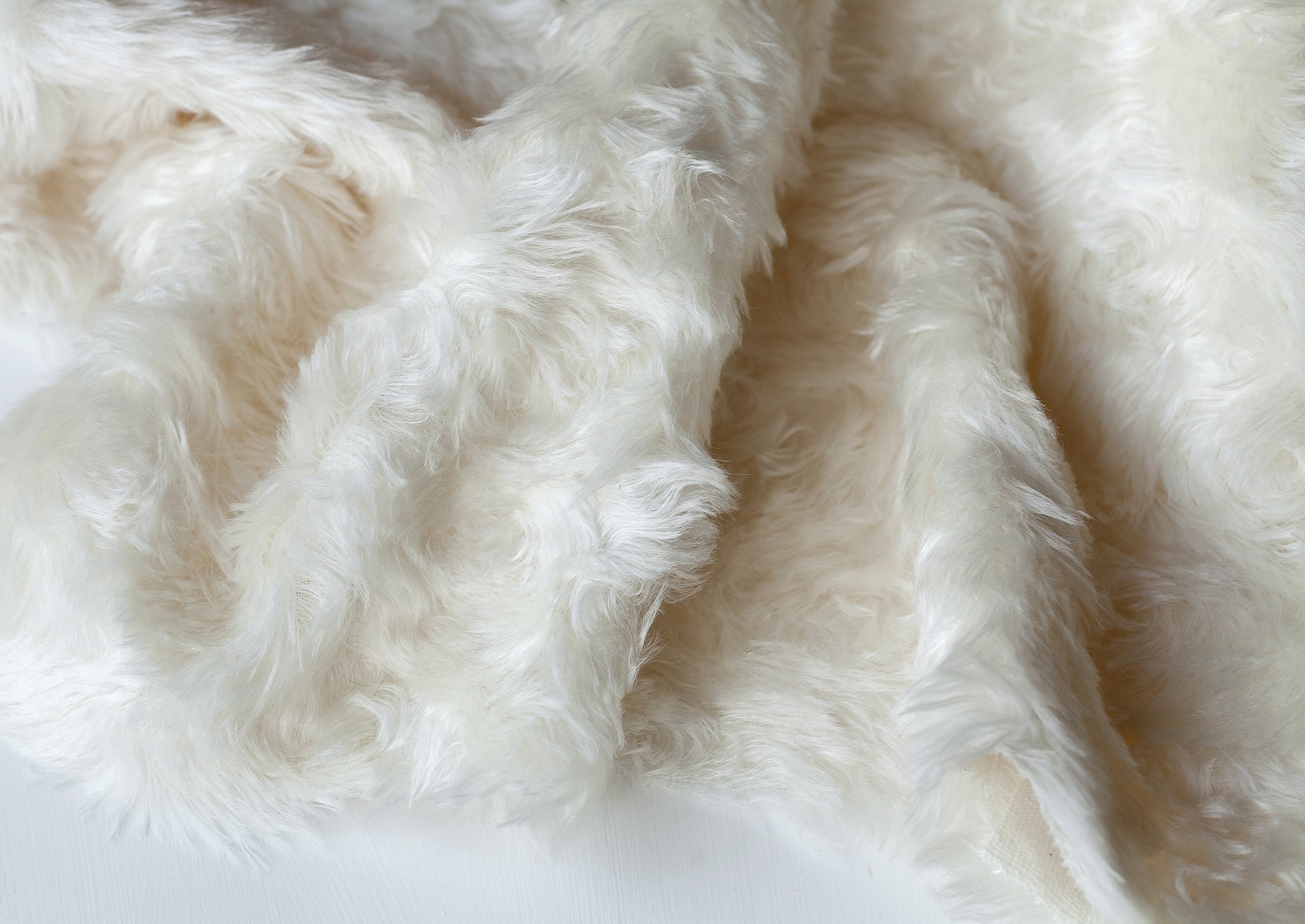
For many years, goats lived in Turkey, in the province of Angora (Ankara). Already at the beginning of the 19th century, Europeans appreciated and began to wear things made of angora. Having realized what “gold” it was, the sultan strictly prohibited the export of animals from Turkey. The cost of wool was so high that the Chinese came up with the idea of producing cheaper material from the fluff of wild rabbits, called angora.
Angora is mohair, which translates as "chosen". And indeed, angora wool is a very beautiful, durable and at the same time light, similar to the touch, fabric. Designers call it "comfortable elegance".
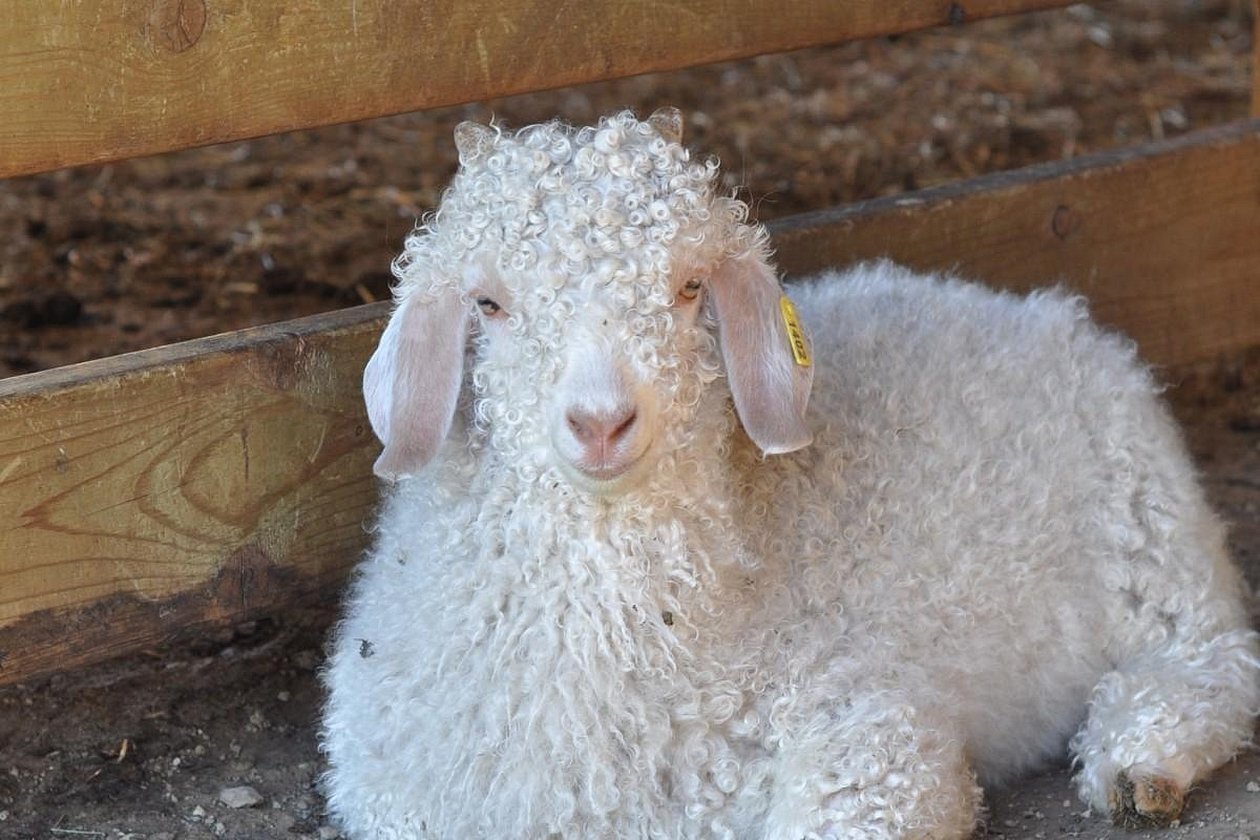
Mohair is a natural fiber. To obtain it, kids under six months old or older kids under two years old are sheared to zero. Then you get the highest quality soft silky material. If the wool is taken from an adult animal, it is used only for outerwear.
For your information! Today, the ban on mohair exports has been lifted, and angora is sold all over the world.
Angora - what animal's wool is it?
To understand for sure what angora is, you need to understand how it is extracted today. Angora down is soft and warm. However, it should be taken into account that the down is not securely fixed in the yarn, since silk fibers are smooth and soft. Therefore, angora is usually combined with simple or merino wool, as well as with synthetics and acrylic.
Angora yarn is light. Combing or plucking is done twice a year, and animals are sheared and shaved approximately once every 10-13 weeks. Downy hairs are shorter than wool fibers, but very warm and light. The hair of animals is very clean, since the skin secretes an insignificant amount of sebaceous glands.
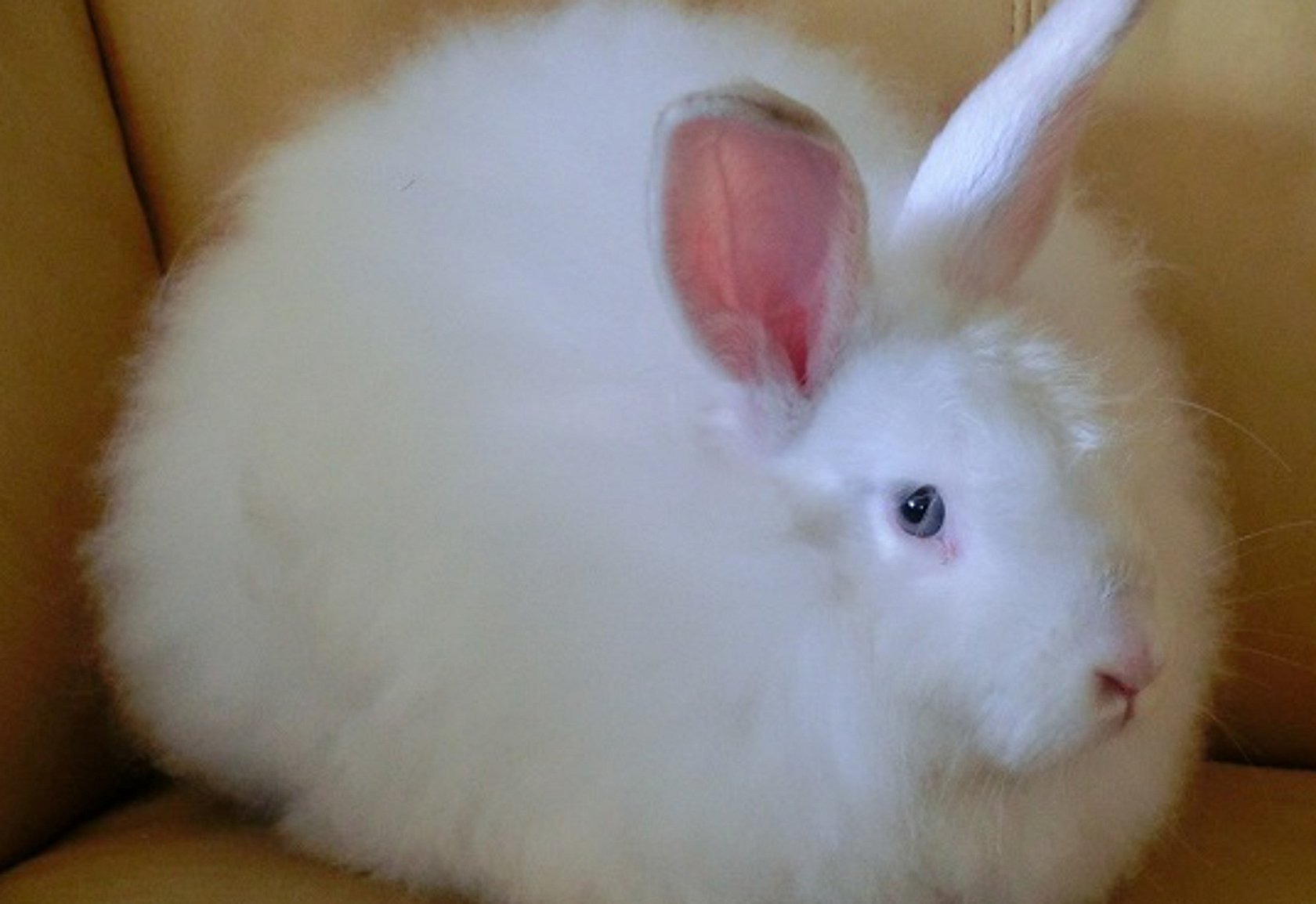
On an industrial scale, mainly only white albino rabbits are bred. The best Angora is produced in:
- Italy;
- France;
- Japan.
For your information! Colored Angora rabbits are bred only in India.
Today, Angora sheep wool is mainly understood as mohair. The best Angora is used in knitwear production, both separately and in combination with other types of wool to increase the strength of the fibers.
The skins of Levantine and Persian Angora goats are used for blankets, carpets, and other things that are also called Angora. Angora is also used to make coats.
Description of Angora fabric
The main qualities characteristic of angora are softness and warmth. Most of the material produced on an industrial scale is white and can be easily dyed if necessary.

Angora or mohair, used for knitting, are in great demand today, thanks to which such properties as warmth and individuality are combined in one product. The strengths of the fabric are extinguished by the fact that rabbit down is short-lived. Over the years, the hairs come out of the base, so both the fabric and angora knitwear are characterized as mixed materials. The fibers with which angora is mixed are the following:
- wool, merino for expensive materials;
- acrylic for knitwear and yarn;
- viscose and polyester for economy-priced items.
Important! Before buying an angora product, it is important to study the composition of the fabric. This affects the price and characteristics.
Wool may contain synthetics, making the fabric stronger. However, after long and frequent wear, the hairs of the fabric lose their thermal insulation properties. This is due to a reduction in the amount of fluff.
Classification of Angora wool grades
The main part of what is sold as angora is cashmere, obtained from rabbit down with the addition of additional fibers. Such fabric is not strong and does not last long. Usually on the domestic market you can find fabric that consists of:
- fluff - 10-20%;
- acrylic thread - 50%;
- polyester - 40%.

Sometimes dishonest manufacturers use standard yarn from ordinary sheep instead of down.
Today, angora is most often found in two popular varieties - melange and supreme. In the first case, a material is used that is formed in the process of using yarn in one thread from threads of different colors. The tone of each element of the material is sometimes very contrasting or can differ by several shades. Due to the combination of threads of different shades, a patterned version is obtained that resembles the smoothness of polished marble. The more contrasting the threads are, the brighter the knitting will be. Such cotton material is elastic and stretches well.
Features of fabric care
Real Angora requires careful care.
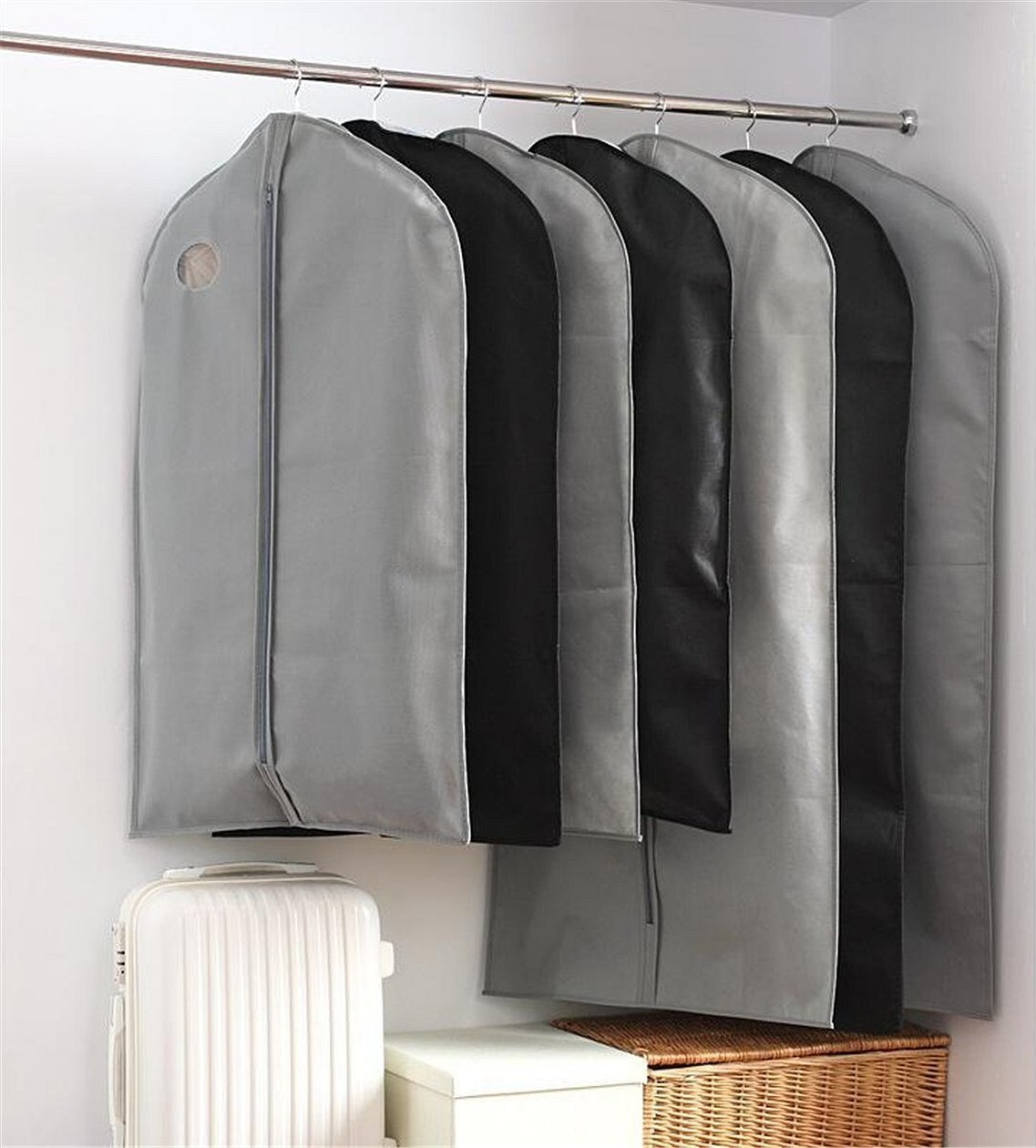
The recommendations are as follows:
- Do not wash, even by hand, dry clean only;
- ironing is prohibited, you can smooth it out with steam;
- store in covers;
- You need to use moth repellents.
Cheap items with a small amount of angora are easy to care for. You can wash them in water at a temperature of 30 °C with baby shampoo.
Positive and negative sides
Angora has many advantages, but there are also disadvantages.
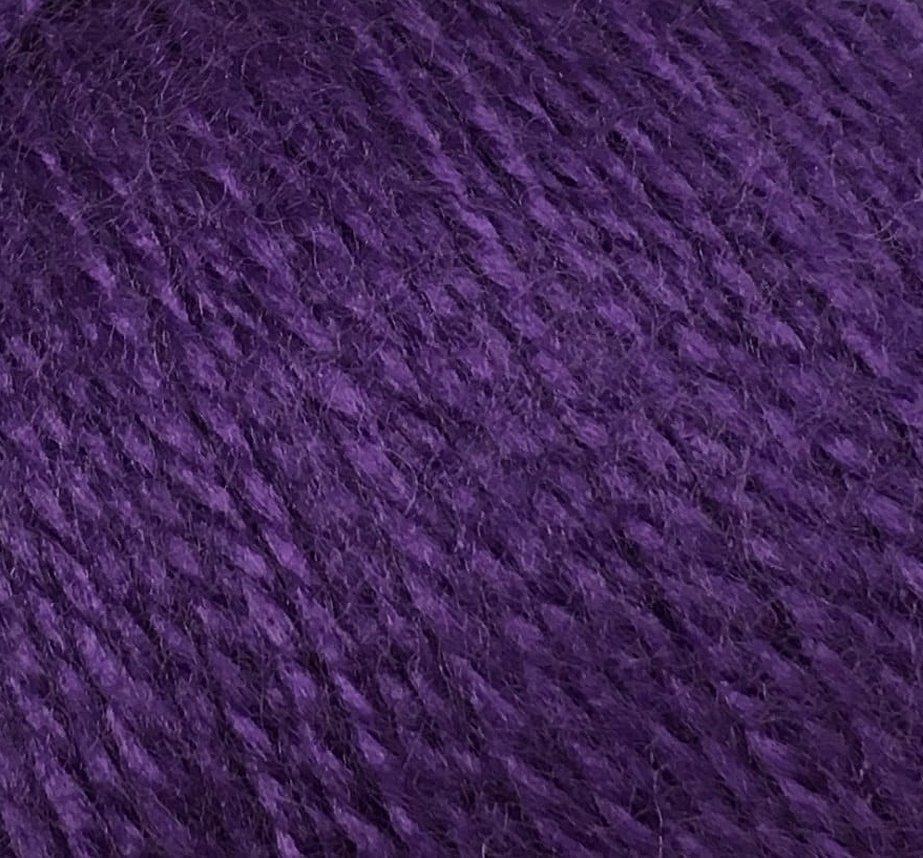
Pros:
- fluffy, soft, comfortable;
- shiny and silky, looks beautiful;
- relatively light, almost airy;
- maintains body temperature not only in cold weather, but also in heat;
- hypoallergenic;
- easy to paint.
Negative aspects:
- short life, poor wear resistance;
- wipes off;
- afraid of water.
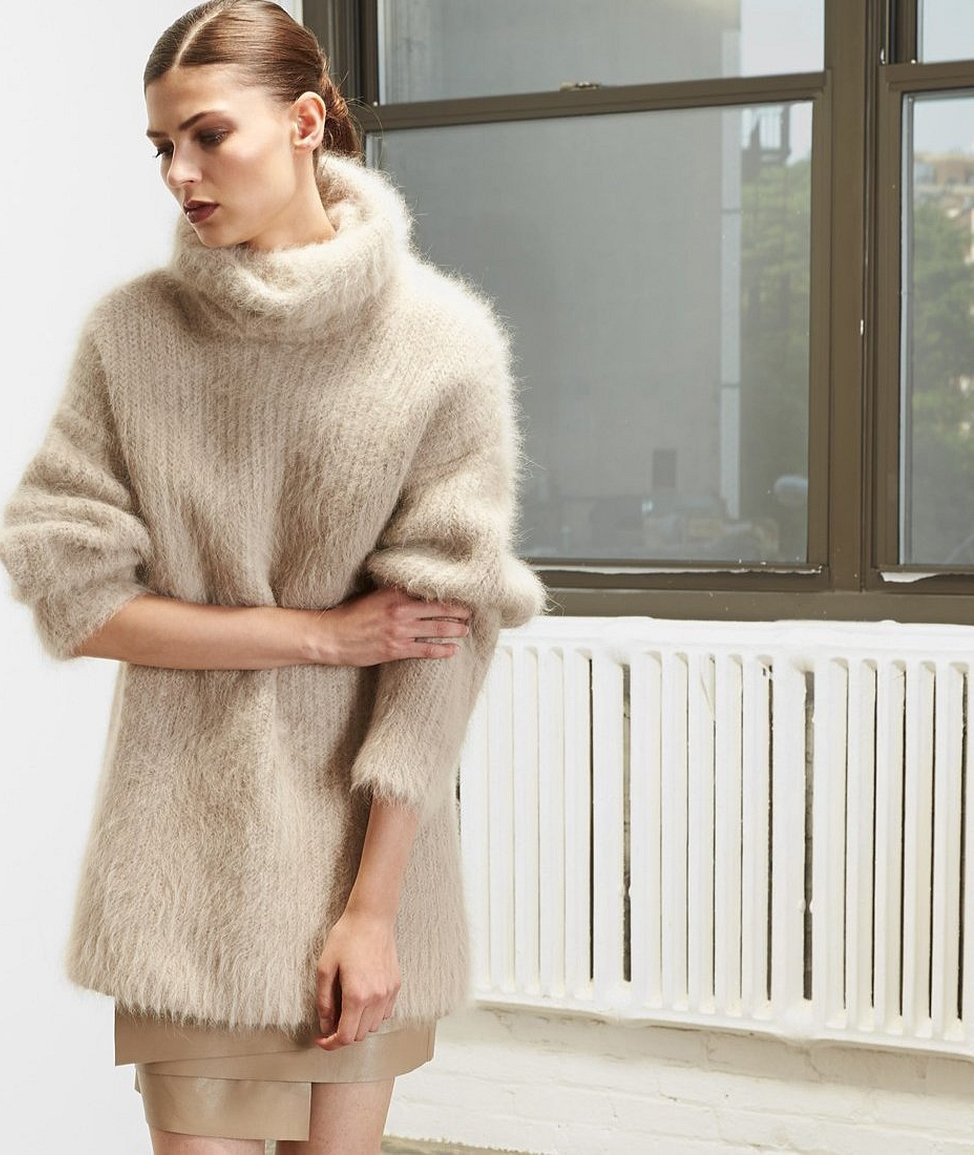
Reviews
The opinions of people who have rated this wool are mostly positive:
Irina Valerina, 39, Kazan: "I've been wearing angora for many years. The wool doesn't itch, it's warm, and it doesn't stretch. The secret to longevity is proper care."
Marina Pugovkina, 51, Stavropol: "I've loved mohair items since Soviet times. It's hard to find quality wool now, so I knit it myself. Angora is also good for your joints and lower back."
Thus, angora is a real and high-quality material that has many positive qualities. Things from it are made for both adults and children. But there is one significant disadvantage - special care.




